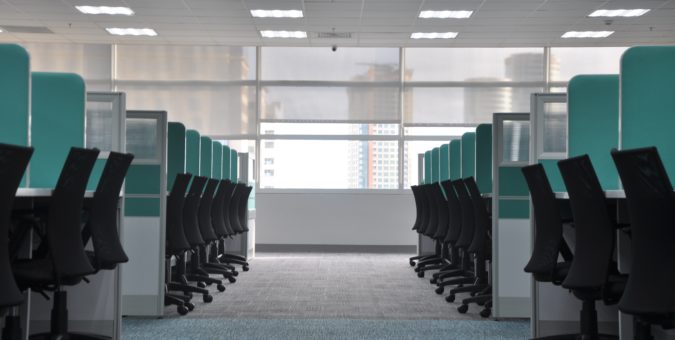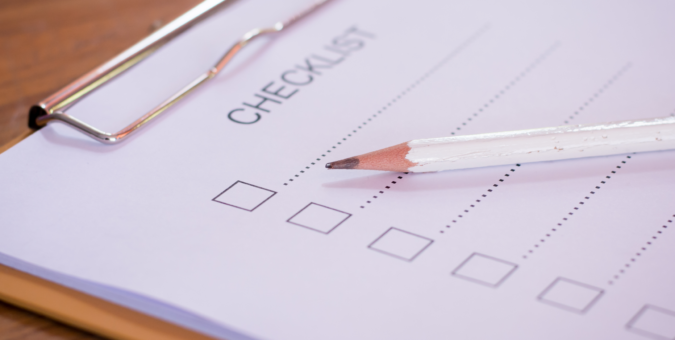
We’ve all become a bit more aware recently of the potential dangers lurking in the workplace. Things we never thought of as hazardous before like making a cup of tea, sharing an elevator, or even sharing a desk, now give us cause for concern.
However, you may not know that in recent years, the most common cause of non-fatal workplace injuries, accounting for nearly a third, are slips, trips, and falls. When you include falls from height, the percentage increases even further. Whilst you might imagine these to be dramatic incidents involving scaffolding, ladders, or trees, falls from the same level accounted for over 20,000 injuries at work in 2018/19. This could be tripping over a box left where it shouldn’t be, or slipping on a wet floor.
Injuries caused by slips, trips and falls
The most common injuries from these types of accidents, unsurprisingly, are fractures and dislocated joints. These are most commonly to the ankle or wrist, but fractures to fingers are also common. Shoulder dislocation and knee injury can also commonly occur. After fractures are sprains and superficial cuts and bruises. Next are lacerations and open wounds, followed by burns and scalds. While it’s reassuring to note that most falls at work don’t lead to serious injuries, 2% of fatal injuries in the workplace are in fact caused by falls from the same height, and a much higher 25% by falls from height. Falls and slips can in rare cases also lead to traumatic brain injuries or spinal cord damage.
Health and Safety legislation
So, what is there to protect workers from this type of incident befalling us? Well, employers are under a statutory duty to protect their employees against injury. The Health and Safety at Work Act 1974 states that employers must do all that is ‘reasonably practicable’ to ensure the safety of their employees. This includes putting in provisions to avoid slips and trips.
All employers must carry out a risk assessment of the workplace and identify any hazards. If hazards are identified they must assess how high the risk is that injury may be caused and take action to address the risk where possible. There are also regulations dealing specifically with the risk of falls and trips for example, one regulation states that floors must be kept in good condition and free of obstructions.
Some risks are straightforward and easy to spot, such as the risk of spillages in a kitchen. A measure to reduce the risk of falls could be ensuring that all spillages are cleaned up as soon as they occur. While an employer may not be able to prevent spillages entirely, there is no excuse for them not to put in place measures to reduce the risk of injury. Risk assessments also need to be kept up to date, particularly if there have been any near misses or accidents, or if the workplace has made any changes.
Health and Safety Executive
Some accidents at work must be reported to the Heath & Safety Executive. All fatalities must be reported as well as certain types of injury; generally, the more serious the injury the higher the likelihood that it should be reported. The HSE can prosecute an employer if it considers they have breached their health and safety requirements. However, even where the HSE doesn’t take any further action, an injured employee may be able to bring a civil claim against their employer for compensation.

Claiming Compensation
It is important to remember, however, that compensation isn’t automatic and not all workplace injuries are the fault of the employer. It depends on whether the employer did everything they could to reduce the risk of injury, and whether they complied with the regulations. Just producing a risk assessment isn’t proof that they fulfilled their obligations though. They may have produced the paperwork, but did they put in place the measures identified to reduce the risk of injury?
In a workplace injury claim, this is where evidence of day to day working practices is very important. Useful evidence can be witness statements from employees or former employees, photographs of the workplace, memos from the employer or emails sent to staff. For example, an employer might have identified a risk of injury from wet floors and have a risk assessment saying that the floor must be kept dry. However, the day to day reality may have been very different.
Also important is whether the employee received the correct training for the task they were doing when the accident occurred. Even if it seems like the employee ’caused’ the accident, perhaps by not positioning a ladder correctly before climbing it, or by failing to wear a hard hat, if the employer didn’t give them sufficient training to do the task safety or provide them with the correct PPE to keep them safe, the employer could be the one at fault, not the employee who may have been trying their best in difficult circumstances.
Employers are also usually vicariously liable for the negligent actions of their employees so if an employee injures a colleague, the employer is likely to be liable (although as always there are exceptions particularly when the individual acts outside the scope of their role). This usually makes it easier for an injured party to obtain compensation as the employer will be insured, unlike the majority of individuals.
It is important if you are injured whilst at work to seek expert advice. It can be particularly tricky if you want to continue to work for the company but at the same time are struggling with an injury, and it can be difficult to know whether your employer can be held responsible or whether it was an unavoidable accident.
Expert workplace injury solicitors
Our serious injury team have helped so many clients who were injured while working for an employer that wasn’t meeting their workplace safety obligations. Contact us today to find out more about how we can help you.


















